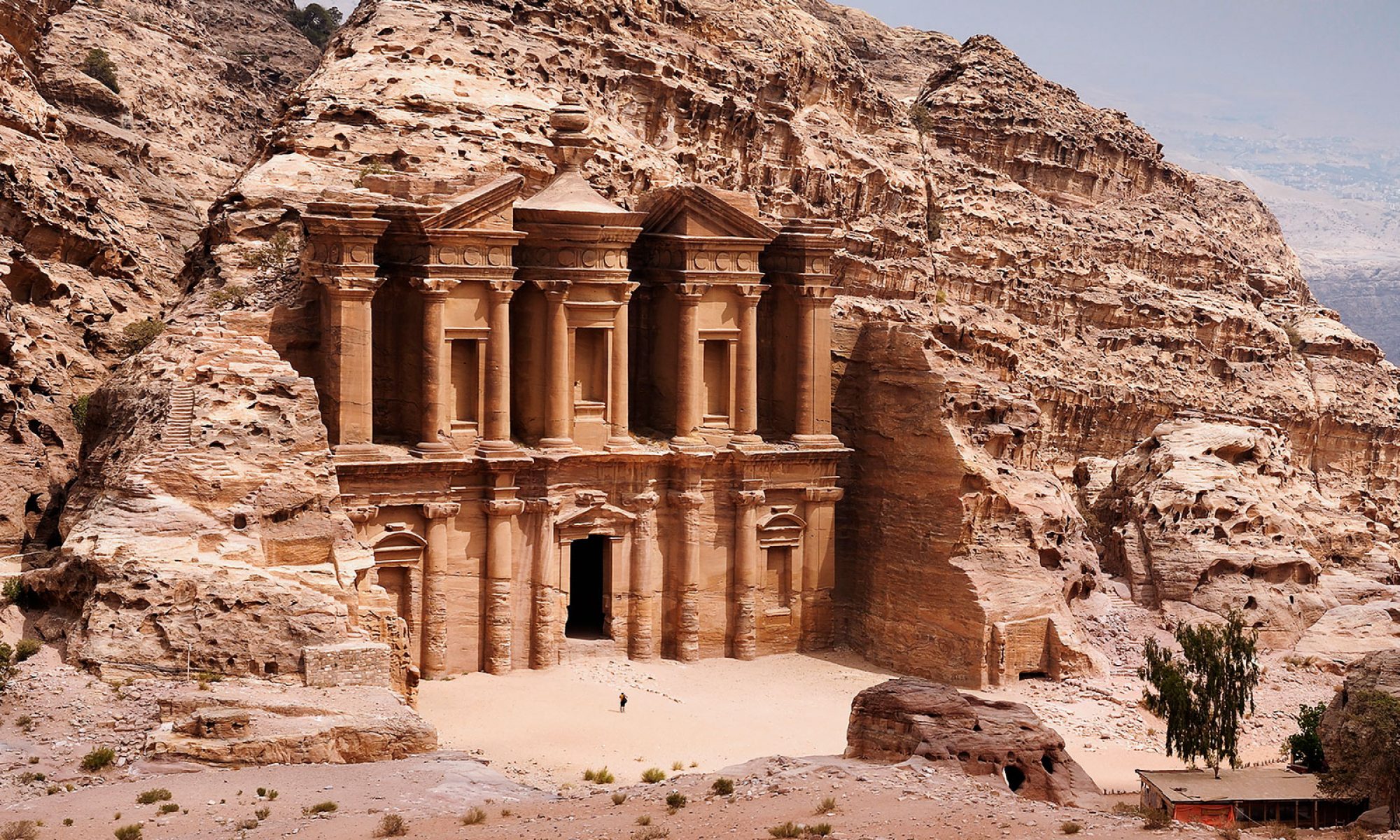At breakfast we saw boats coming back loaded with people (typically 10-12 men). Ali says they are fishing boats and they fish all night. We have seen the kerosene lamps that they use to light their work on the horizon at night. It’s very dangerous work because they use nets to catch fish and the men must get in the water to spread the nets. Needless to say, in the dark it is easy to lose someone.

This morning we went to a spice farm. Zanzibar is well known for its spices. The climate and its history as a port on the trade routes made it a logical spot for spice farming. Spices are grown in the center of the island because the other areas are too inhospitable for the plants due to presence of significant quantities of coral rock.
The farmers showed us a sample of spices grown on the island. It was very interesting to taste the fresh spices and compare them to tastes we are accustomed to. They were all far more intense. We were surprised by the form some grew in. For instance turmeric is a root, with an exterior skin that looks like ginger, cinnamon comes from the bark of a tree, and cloves from a flower. Zanzibar boosts the world’s best cloves.
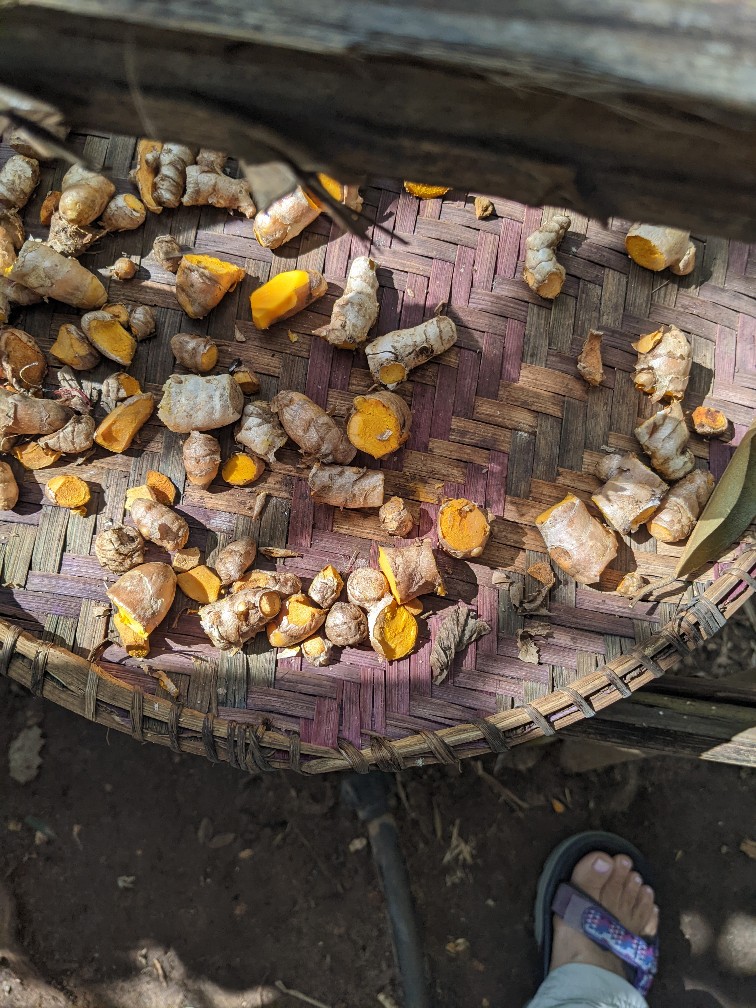
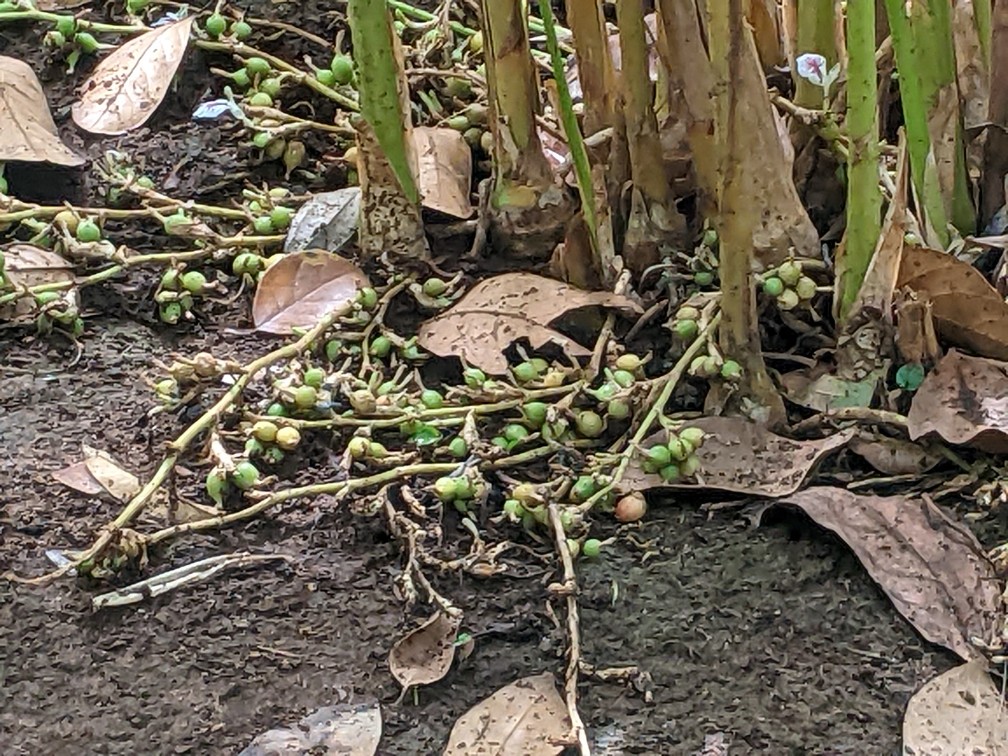
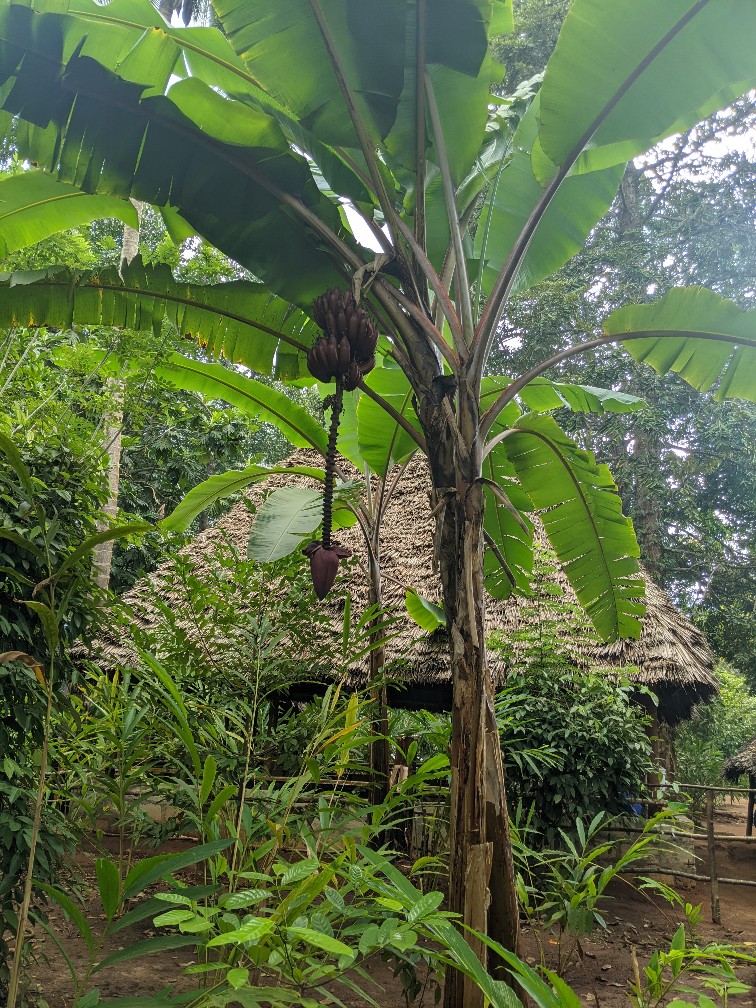
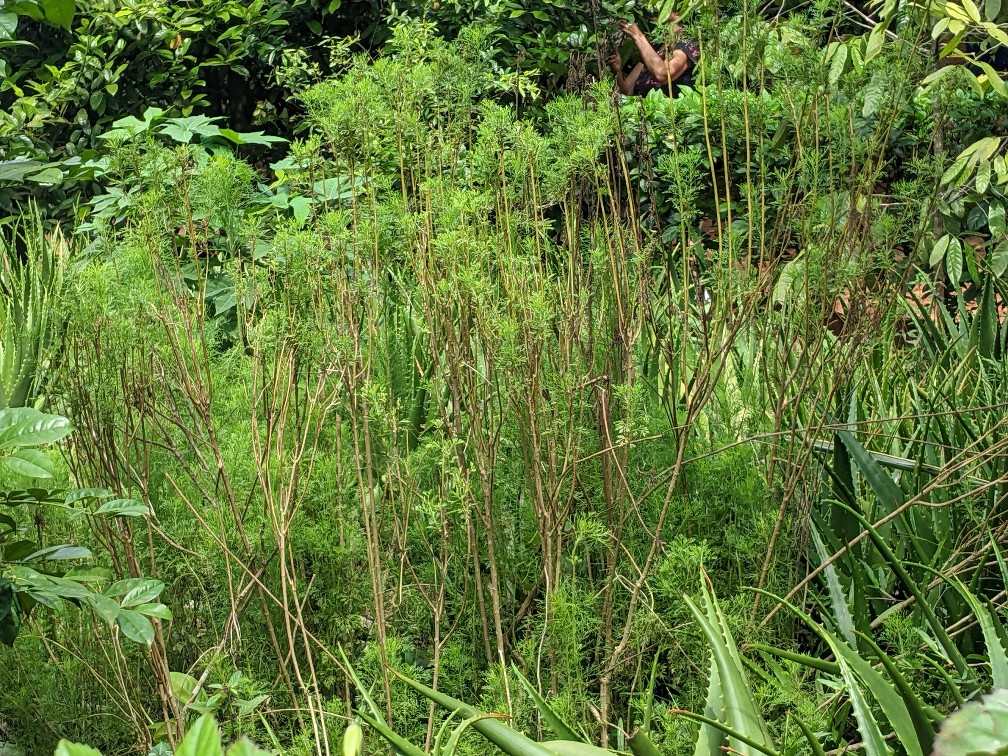
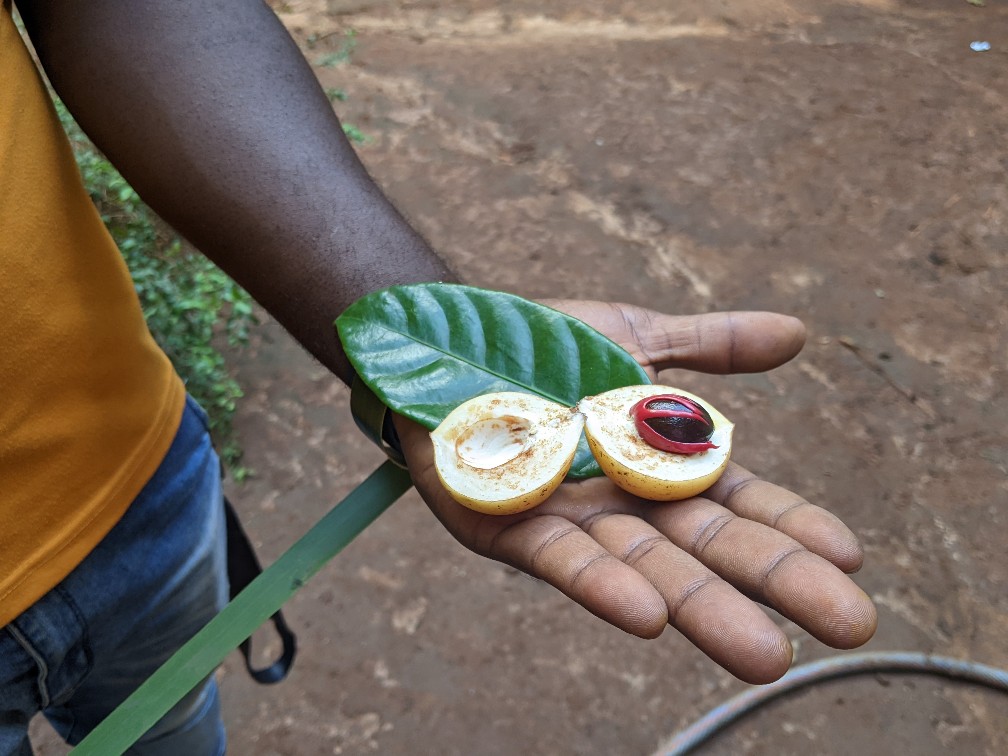
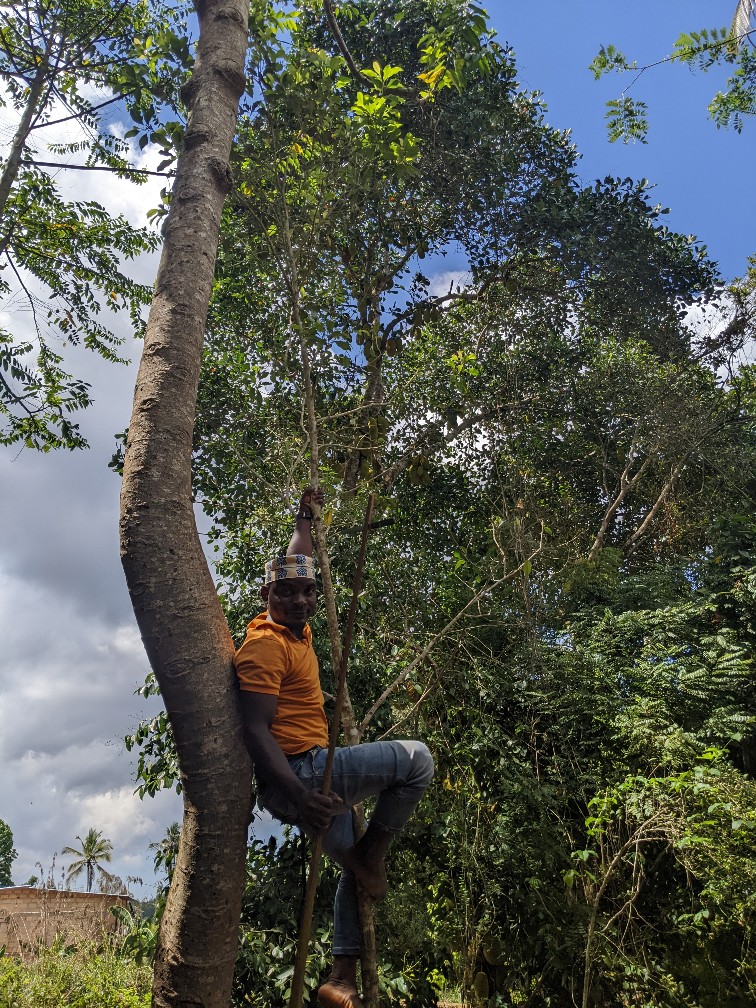

Ali guided us but we also had a young man who got the spice samples for us to see/taste. He was continuously working, making stuff out of reeds and hibiscus flowers. By the end of the tour I had a hibiscus ring, bracelet, necklace, basket and crown and Rick had a hibiscus tie and a crown. Here is a picture of us in our geeky finery.
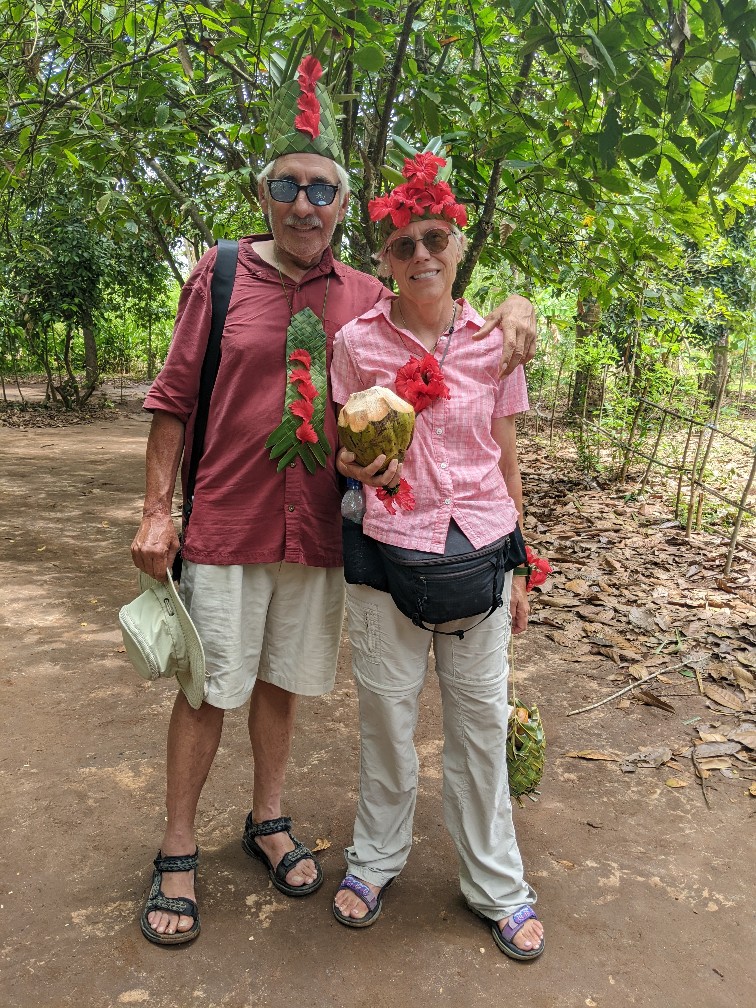
We also saw the original method for building a house which consisted of a lattice structure, packed with mud, with a palm leaf roof. The mud and roof need to be replaced every couple of years so people have moved to a more sturdy construction.
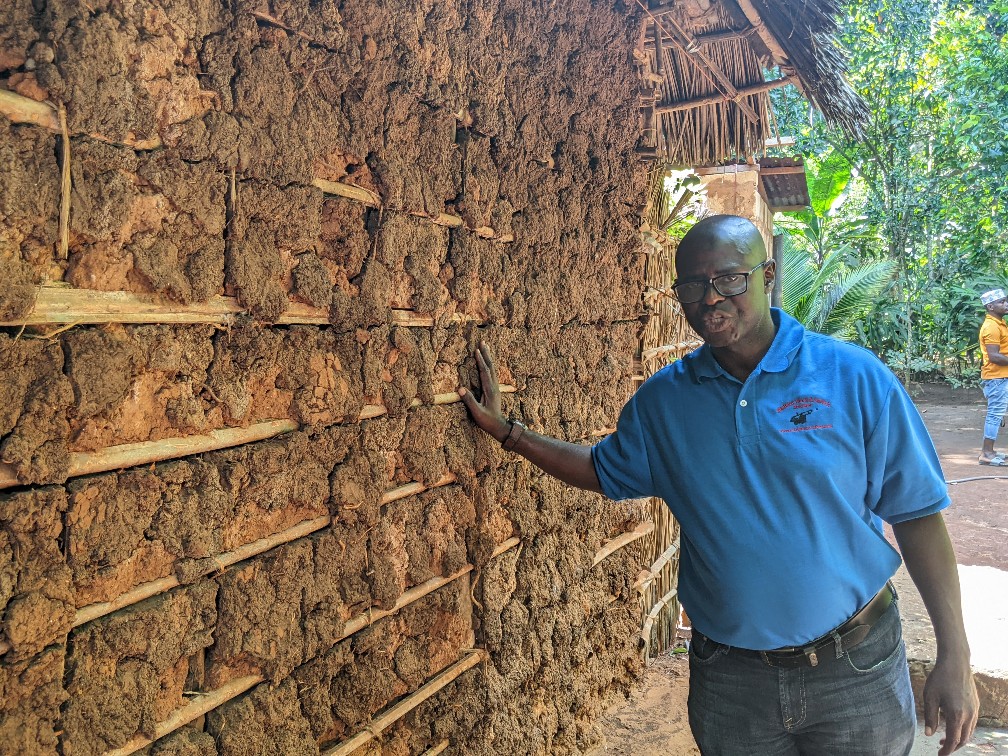
We returned to the hotel for lunch and that afternoon we walked around town. It was very hot. There is a lot of Arab and Indian influence in the architecture.
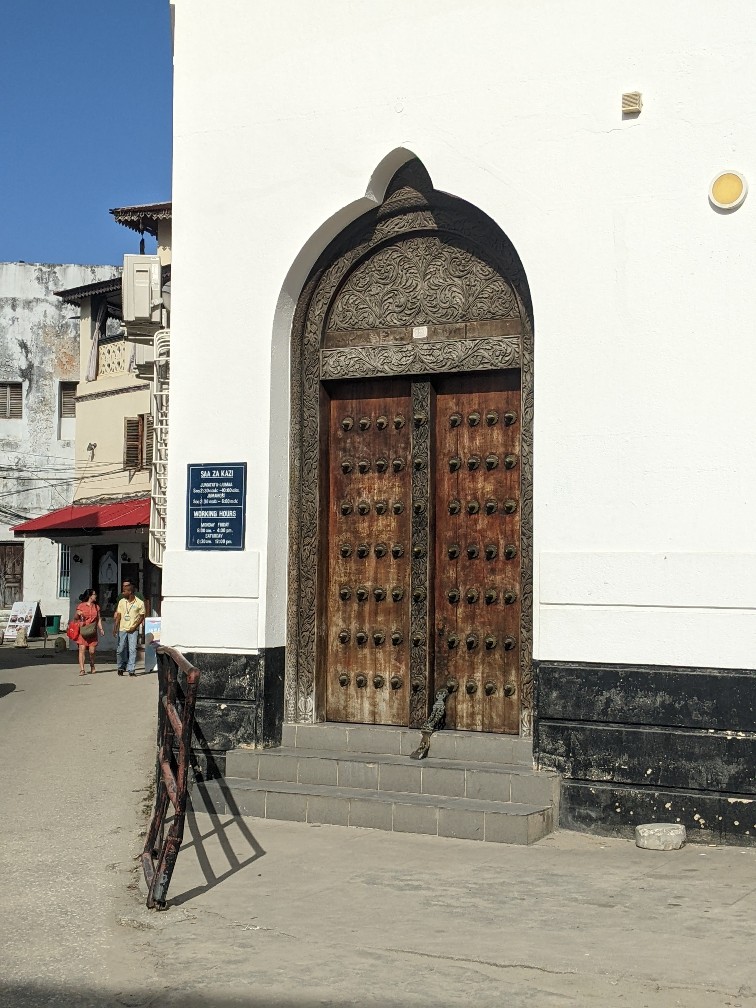
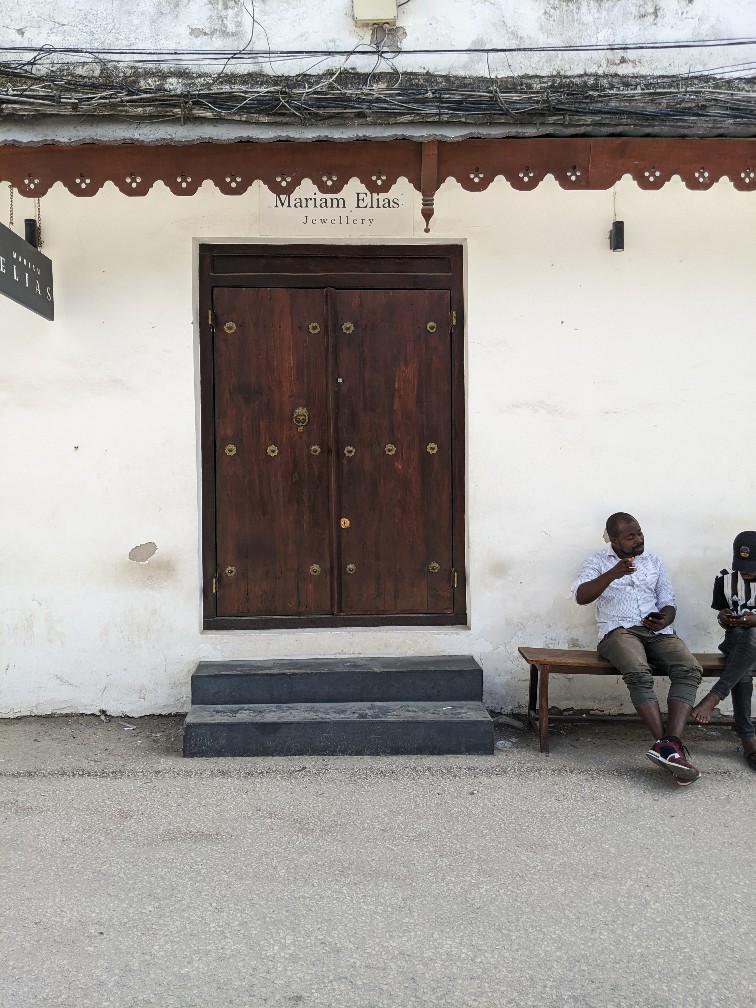
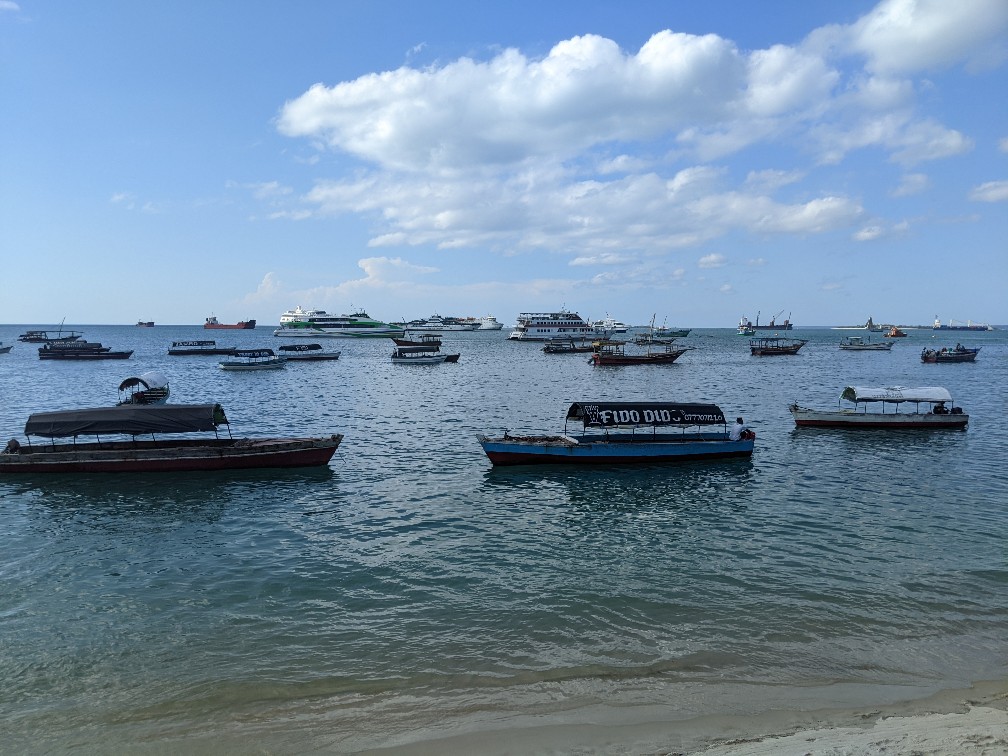
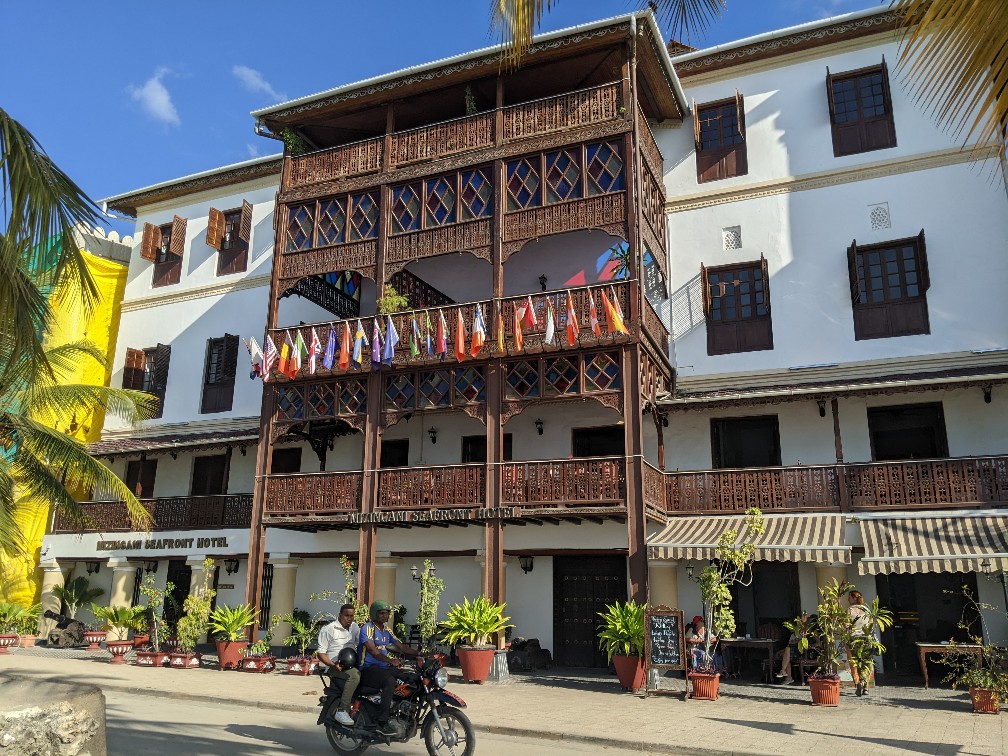

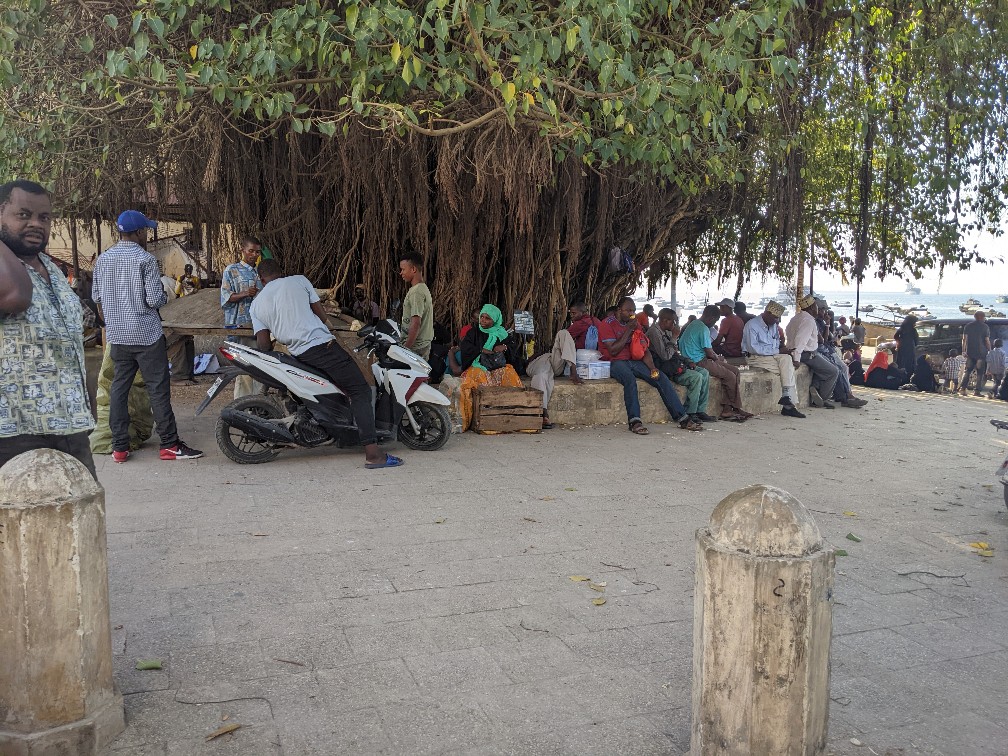
We went to a park where food vendors set up shop for the dinner crowd. It seemed as if vendors had the same thing, mostly kababs of fish and meat. Of course they was no refrigeration and lots of flies. The kababs were packed in newspaper. The whole thing didn’t seem very sanitary to us.
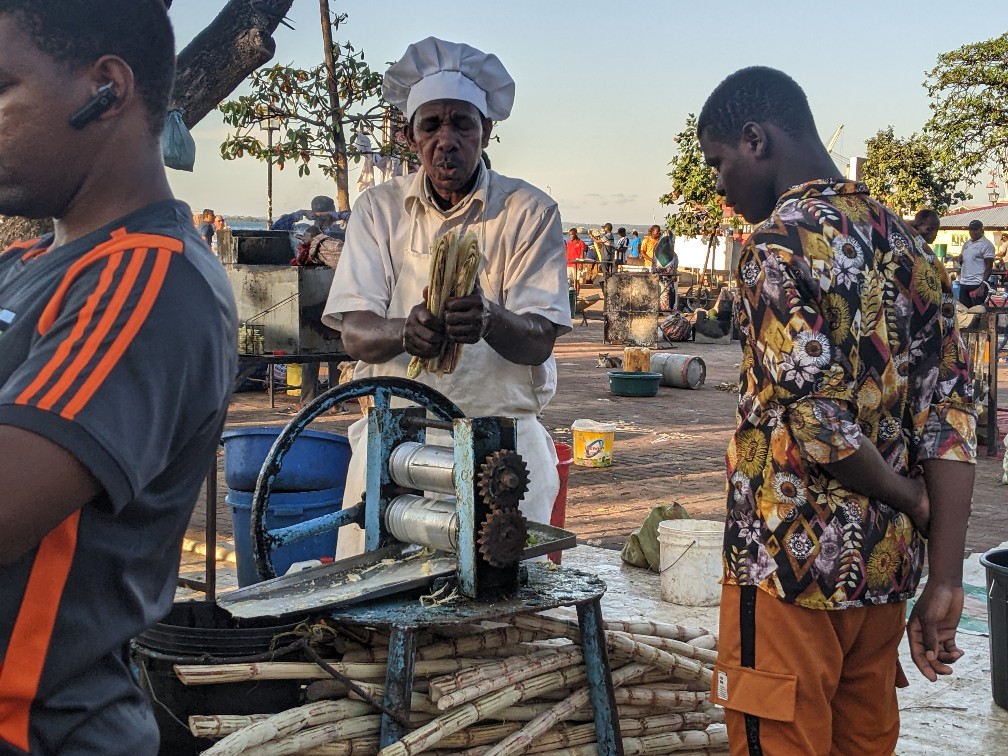

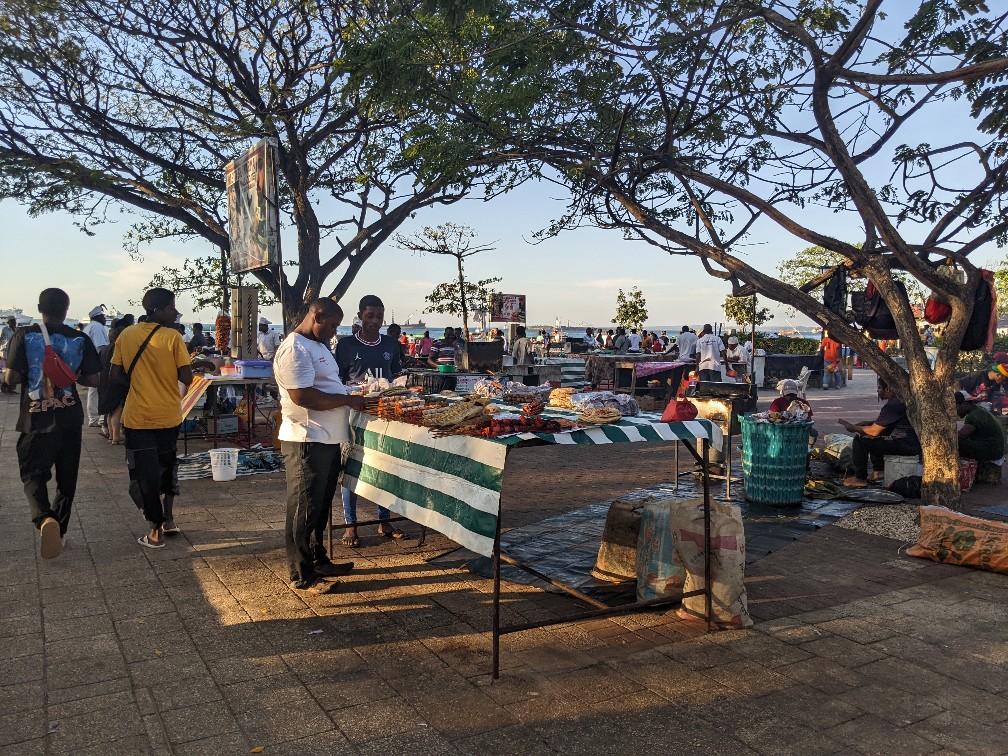
Almost all the ladies of Zanzibar wear hijab, the traditional muslim head covering. Some wear Niqab which is a veil that covers the face, showing only the eyes. Most wear an abaya which is a shapeless, floor lenght cover up. All in all they must ve very hot because I’m hot and I don’t have all those clothes on!
We walked back to the hotel. The food at the hotel isn’t very good so although our meals are paid for we went down the street to another restaurant for a pizza.
